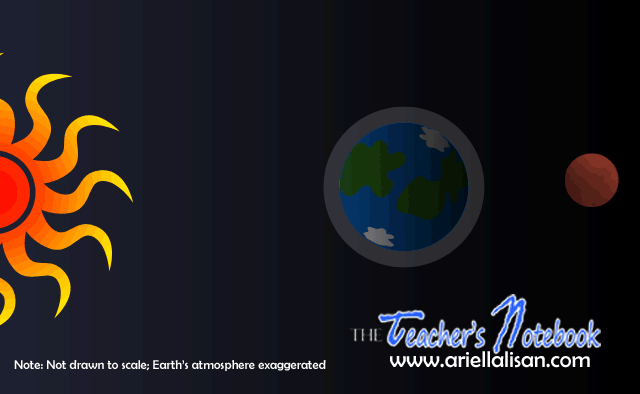A total eclipse of the Moon will occur very early Tuesday morning, April 15. Houstonians will be able to see the whole event, which begins just before 1 a.m. You’ll be able to see the evening’s cosmic events unfold even under city lights, but if you’d like a more detailed (and dare I say captivating) look at the eclipse, the George Observatory will be open all night long!
 Lunar eclipses occur when the full Moon moves into the Earth’s shadow. The first part of the Earth’s shadow that the Moon will encounter is the penumbra. The penumbral shadow’s faintness means that sharp-eyed observers will notice only a slight dimming of the Moon between 11:55 p.m. on Monday night and 12:58 a.m. Tuesday. The Moon moves into the darkest part of the earth’s shadow, the umbra, at 12:58 a.m., and will be totally eclipsed by 2:06 a.m.
Lunar eclipses occur when the full Moon moves into the Earth’s shadow. The first part of the Earth’s shadow that the Moon will encounter is the penumbra. The penumbral shadow’s faintness means that sharp-eyed observers will notice only a slight dimming of the Moon between 11:55 p.m. on Monday night and 12:58 a.m. Tuesday. The Moon moves into the darkest part of the earth’s shadow, the umbra, at 12:58 a.m., and will be totally eclipsed by 2:06 a.m.
The Moon’s brightness during a total eclipse depends on the amount of dust particles in the atmosphere. A large amount of dust from a volcanic eruption, for example, can make the totally eclipsed Moon almost invisible.
With little dust in our atmosphere, the Moon glows reddish-orange during totality.

This is because only the Sun’s red light comes through the Earth’s atmosphere and falls on the Moon even while it is in the Earth’s shadow. As the diagram shows, the Moon will pass through the southern part of the shadow, for about 78 minutes of totality. As a result, the northern limb, closer to the center of Earth’s shadow, will appear darker.
We’ll see our next total lunar eclipse in Houston just before dawn on October 8, 2014 (the second of four occurring between 2014 and 2015!).
For more on how lunar eclipses work, watch the video below from NASA and USA Today.





